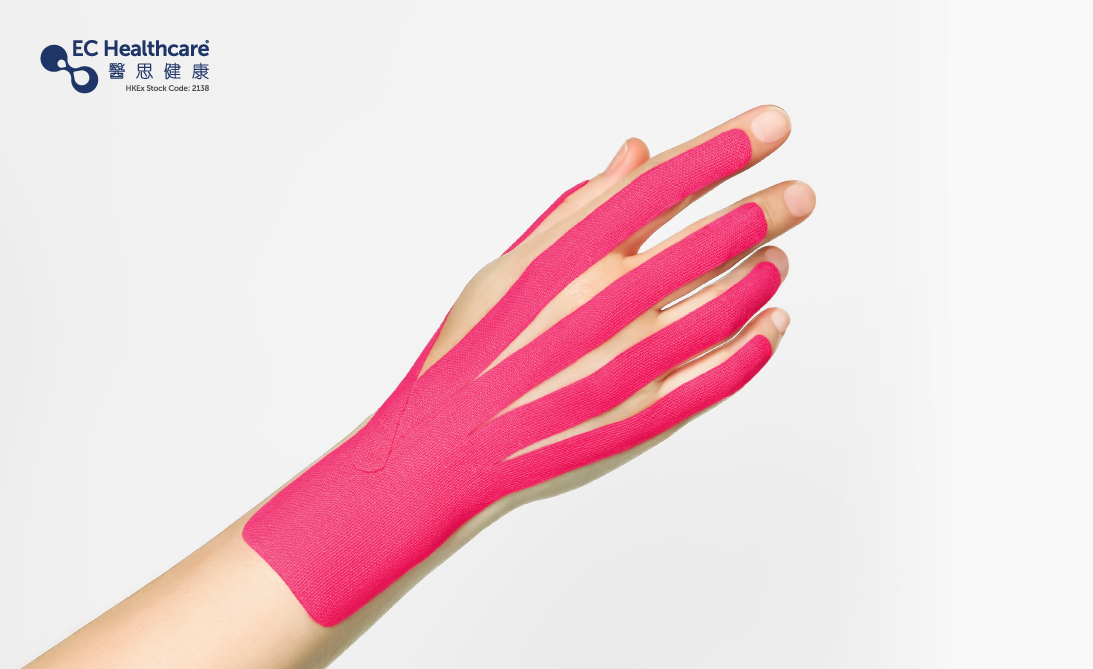Sports Taping: A Closer Look at Muscle Tape Application by Chiropractors Reduce Swelling, Bruising, and More: Tennis Elbow, Shoulder and Knee Pain Relief!


In mid-June this year, Hong Kong hosted a leg of the FIVB Volleyball Women's Nations League, and many of the volleyball players were seen wearing adhesive tapes on their shoulders. But it's not just volleyball; colorful tapes can often be spotted on athletes participating in track and field, swimming, trail running, and other sports events. Even at concerts of popular K-pop groups in Korea, you can spot the members wearing tapes on their shoulders. What are these colorful tapes exactly? And what purpose do they serve when applied to the body? Are these tapes suitable for the general public to use?
Sports Taping: The Science Behind Muscle Tape Application
These tapes are actually called kinesiology tapes, a type of muscle tape that falls under the category of sports taping. Kinesiology tape was developed by a Japanese-American chiropractor, Dr. Kenzo Kase, with the aim of stabilizing joints and enhancing treatment outcomes. Through extensive research and testing, Dr. Kase created a tape that offers both durability and flexibility, providing joint support while allowing a certain range of motion. The texture of the tape is designed to be hypoallergenic, mimicking the thickness and weight of human skin. This allows it to adhere securely without causing skin irritation or rashes.
Sports Taping: Joint Stabilization and Extended Therapeutic Benefits
The elastic nature of kinesiology tape allows it to contract upon application, lifting the superficial layers of the skin and creating space between the epidermis and muscles. This space reduces compression on the underlying blood vessels and lymphatic tissues, promoting blood and lymph circulation, which can help alleviate swelling, bruising, and inflammation. Additionally, there are numerous sensory nerve fibers beneath the skin that, when compressed, can cause discomfort, pain, or numbness. By utilizing kinesiology tape to increase the subcutaneous space, pressure on these nerve fibers can be relieved as well.
Sports Taping: Promoting Blood and Lymph Circulation
In general, kinesiology tape can be used for various conditions, including:
-Muscle fatigue
-Musculoskeletal pain such as shoulder, knee, neck, back pain, plantar fasciitis, carpal tunnel syndrome, tennis elbow, and more
-Postoperative rehabilitation
-Bruising
-Sports injuries
-Preventing sports-related injuries and providing joint protection
Numerous studies have indicated that kinesiology tape can alleviate pain in different types of arthritis and improve the activity and range of motion in individuals with knee pain. However, some studies have found that kinesiology tape does not have a significant impact on pain management, rehabilitation, or muscle strength improvement. Nevertheless, scholars believe that the technique and direction of taping can influence its effectiveness. Therefore, it is crucial to apply kinesiology tape with skill, taking into consideration the fascial structure and principles of muscle movement. Applying the tape incorrectly in terms of location and direction may potentially affect its efficacy. When using kinesiology tape, it is advisable for the general public to seek assistance from professionals with expertise in its application.









